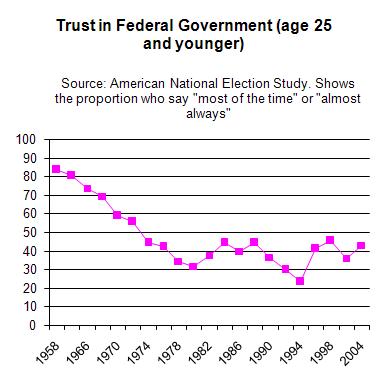(Washington, DC) I have read almost every article in every issue of The New York Review of Books since about 1990. I enjoy it, and it’s my continuing education. But some of the articles make me uneasy, in a peculiar way. Ostensibly reviews of new books, they are really profiles of great thinkers from the past. These geniuses typically rubbed shoulders with others who were equally worthy of caricatures by the late David Levine. Reading about these impressive cliques begins to make you feel that you’ve missed out. The reviewer, too, is formidably bright and learned, and he or she may drop the names of personal acquaintances who are just as famously smart and creative. One in-crowd is reviewing another.
 More often than not, the essay suggests that the great mind in question did not quite pan out, had a flaw or a weakness, somehow disappointed. That can make you feel even more inadequate by comparison. Or we may read that the great writer depicted an ordinary or mediocre person with a sharply satirical or a wisely sympathetic eye: think Emma Bovary, Leopold Bloom, or Rabbit Angstrom. In such cases, an intellectually glamorous reviewer is describing a superstar writer whose subject stands far beneath them both. But where do we stand?
More often than not, the essay suggests that the great mind in question did not quite pan out, had a flaw or a weakness, somehow disappointed. That can make you feel even more inadequate by comparison. Or we may read that the great writer depicted an ordinary or mediocre person with a sharply satirical or a wisely sympathetic eye: think Emma Bovary, Leopold Bloom, or Rabbit Angstrom. In such cases, an intellectually glamorous reviewer is describing a superstar writer whose subject stands far beneath them both. But where do we stand?
It all makes me want to address my fellow readers. (This is the age of peer-to-peer communication, after all.) So I say to my peers: Very few of us are destined for the pages of The New York Review, neither as writers nor as subjects. But we pay for the thing. We too have thoughts and hopes, even if they are not worthy of a review. Also, those geniuses?–they wasted some of their time. They cut corners and doubted themselves and wrote a fair amount of schlock. There’s nothing like a five-page digest of a life to make the whole thing seem Olympian, even with its itemized flaws. Devote that much space to any of us, let an Elizabeth Hardwick or a Tony Judt summarize our work and a David Levine turn our face into art, and we wouldn’t look so shabby, either.

